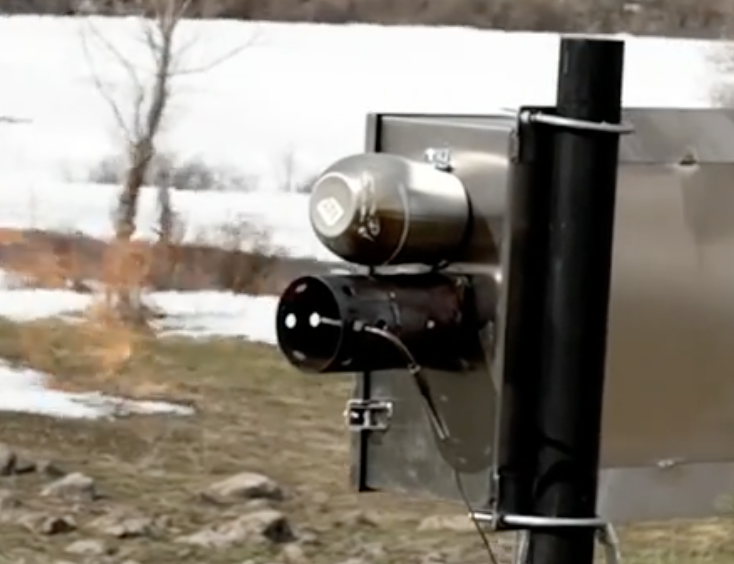You have probably seen the water vapor trails in the sky, many block out the blue sky on clear days. If you’re tired of being told they are “contrails” from planes you might want to brush-up on your cloud seeding knowledge. Cloud seeding can be operated from the air or from the ground.
It’s happening all over the world. In the UK:
☁️✈ Surround sky chemtrails exposé
— The St Lady Feckinghull reclines 🍾🐞🐈⬛😵 (@KentPiano) May 5, 2024
The govt are wasting huge amounts of money spraying cloud seed into our skies on a near daily basis to produce a white haze fog to block out the sun – in Britain where sunshine is RARE + we need all we can get! ❌ voting won't stop this crime pic.twitter.com/DHtddgIgUt
Cloud seeding is a weather modification technique that aims to increase precipitation by introducing particles into clouds. These particles, such as silver iodide or dry ice, act as condensation nuclei or ice nuclei, encouraging the formation of rain or snow.
There are currently 42 cloud seeding projects across the American West. In the report below we are told they anticipate 200 more cloud seeders in the future and the federal government has committed $2.6million to more seeding.
The process has been used since the 1940s and is performed from various platforms, including aircraft, rockets, cannons, and ground generators.
In the United Arab Emirates,
Dubai airport looks like an apocalyptic movie. Videos of the flooding are insane.
— Robby Starbuck (@robbystarbuck) April 16, 2024
I’ve seen some blaming climate change when the cause is actually from the use of weather modification.
Cloud seeding where chemicals are sprayed in clouds to create rain caused this. We recently… pic.twitter.com/AoejGxJNnt
Cloud seeding is a controversial topic, and opinions vary. As we saw above, cloud seeding has been used to increase precipitation in areas experiencing drought, reduce the size of hailstones that form in thunderstorms, and reduce the amount of fog in and around airports.
But what about the potential environmental impact of cloud seeding? The chemicals used in cloud seeding, such as silver iodide, can be toxic to aquatic life. There are also concerns about the long-term effects of cloud seeding on weather patterns and the environment.
